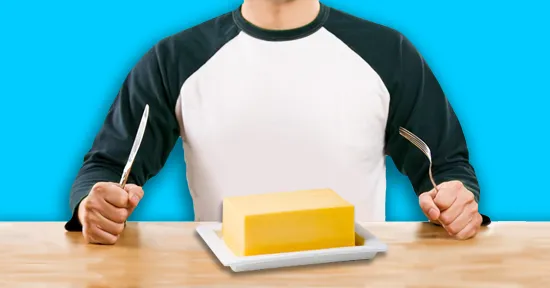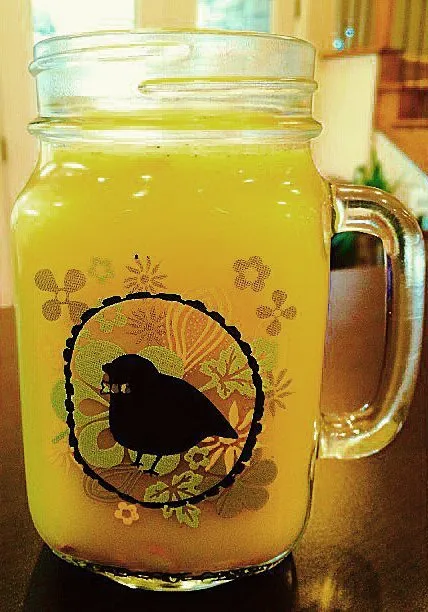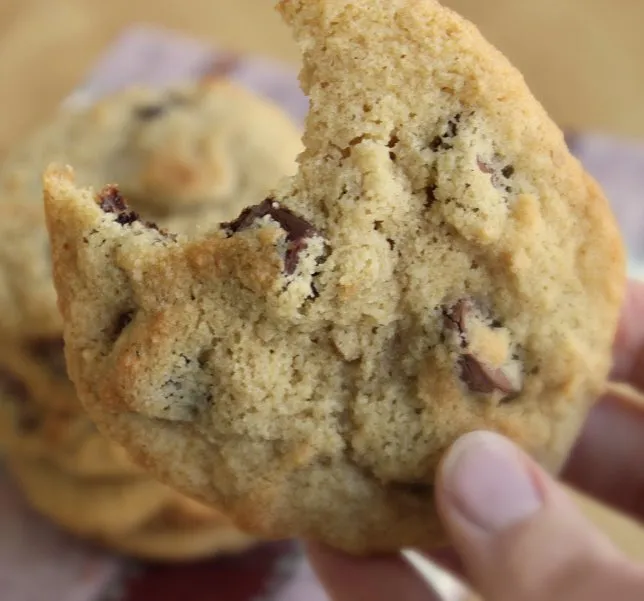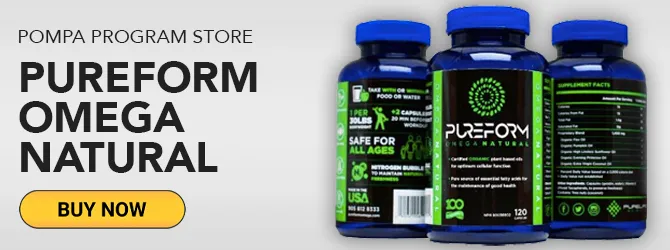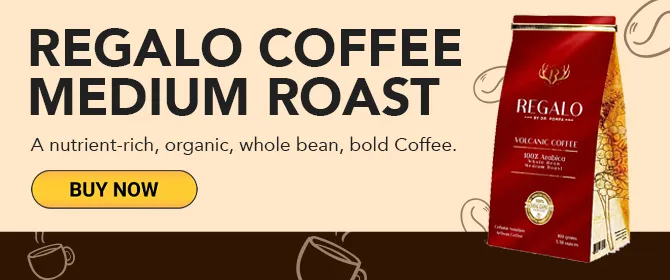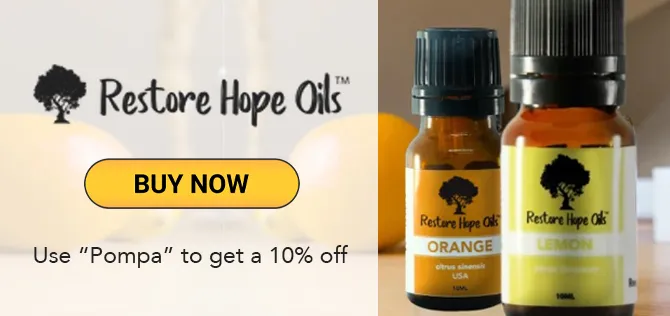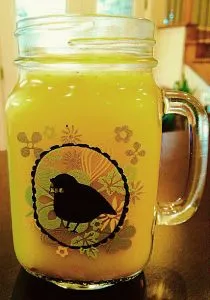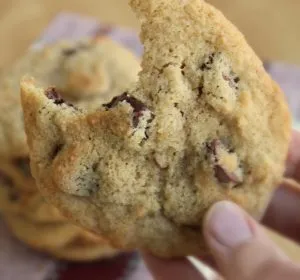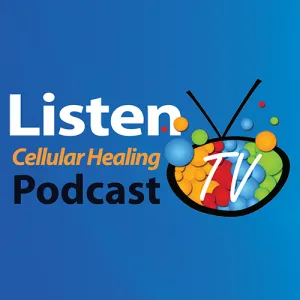Thank goodness the days of low-fat and high-carb diets are over and fat is once again en vogue. Dietary fat is crucial to good cellular health and a trim waist line. It helps us have more energy, absorb nutrients from food, balance hormones, improve skin, optimize brain health, and insulates our vital organs. It also makes food taste delicious and keeps us satisfied after meals. Fat is all that and a bag of chips. So what’s not to like? The issue lies in knowing which fats to consume to keep cells healthy and happy. We must eat the right kind of fat to enjoy the benefits, and not just any fat will do. Choosing the right fat makes all the difference in improving health, since certain fats make you fat and inflamed while others, conversely, decrease inflammation and help the body burn fat. Eat good fat to lose bad fat? Another 180° Solution™ truth to increase health and vitality by going against the grain.
Eat good fat to lose bad fat: another 180° Solution™ truth to increase health and vitality by going against the grain.
Bad Fat
The real bad fats are likely not the ones the media or doctors have told you to avoid. The fats doing the most damage are actually the innocent sounding vegetable oils, found in processed and fried foods and most restaurant meals. These fats are toxic to cells and promote disease inducing inflammation and congestion at the cellular level, which also tells your body to hang on to toxic fat stores. Bad fats include man-made hydrogenated and partially hydrogenated oils like canola, corn and soybean, margarine spread, and trans fats. These fats extend the shelf life of processed “foods” (i.e. substances that the body does not recognize as fuel), and due to their low-cost have largely replaced other good fats. Most bad fats are sensitive to heat and light and denature easily, so are likely rancid prior to consumption. To top it off, you’re consuming GMOs when ingesting these fats, the greatest modern threat to human and planetary health (please read more about the massive problems with GMOs here and here). Bad fats are seriously dangerous since they are found in the very foods most Americans are eating on a daily basis.
Scary truth: the half-life of trans fats, found in foods like french fries, is 51 days. Therefore, after 51 days only HALF of the negative effects have been processed by the body. An additional 51 days (totaling 102 days) are needed to remove the majority of this toxic fat from your system. Yikes.
Good Fat
But the solution is very simple: make like a car and get your oil changed. Remove bad fats from your diet and replace them with good fats (or “God” fats as I like to call them). Essentially, good fats heal the cell membrane (R2), which holds the cell’s intelligence, and good health all starts with the cell. While bad fats inflame the cell membrane, good fats work to repair it. Hormone receptors reside on the membrane, and a diet high in healthy fat helps these receptors function properly and send the signals to your brain to burn fat for energy. Eating plenty of good fat is, therefore, very effective in treating hormone-related conditions like weight-loss resistance. As I always say, if you don’t heal the cell, you won’t get well. In this case, if you don’t heal the cell membrane, you’ll never lose weight and keep it off. Regenerating the membrane with good fat is a core solution to today’s growing epidemic of hormone imbalances, obesity, and the countless “unexplainable” diseases.
Ironically, the two most vilified fats in our culture are actually the most vital to healing the membrane. As you might guess, I’m referring to saturated fat and cholesterol. Saturated fat and cholesterol are required to make vitamin D, hormones, support brain function, and produce and restore cell membranes, since they help to compose the membranes themselves. When consumed from the right sources, these two unique fats downregulate inflammation, balance hormones to encourage weight-loss, and serve as ideal brain food to keep your body in top performance mode.
Eat more high-quality saturated fat and cholesterol: a 180° Solution™ weight-loss strategy.
But don’t run out and wolf down a pan of bacon just yet. The source of saturated fat and cholesterol will affect whether it impacts your health in a good or bad way (i.e. increases or decreases cellular inflammation). Since animals store toxins in their fat cells, eating products from healthy animals is imperative, and eating those from sick, factory-farmed animals is to be avoided. Good fats from healthy animals include 100% grass-fed and pastured meats, eggs (including yolks), full-fat, raw, cultured dairy (if tolerated), and plant sources like raw nuts and seeds, coconut oil, olive oil, and MCT oil, all included in my Cellular Healing diet. Consider the source of your food and fats, knowing that quality is fundamental to looking and feeling your best. Eat more high-quality saturated fat and cholesterol: another 180° solution™ weight-loss and health boosting strategy.
Why Good Fat Helps Us Lose Weight
How does good fat help us lose bad fat? Here’s a simple explanation. Our cells can only use two things for energy: sugar or fat. Sugar burns as a “dirty” fuel, whereas good quality fat burns clean. Imagine lighting a fire: when you put wood on the fire it creates smoke and waste, as does sugar when converted to fuel in the body. When you light a natural gas stove, the gas burns clean, just like good fat. Because fat burns cleaner than sugar, less cellular oxidation occurs, and consequently less inflammation is promoted and the fat consumed is used for energy. Basically, good fat reduces cellular inflammation which ultimately begets weight-loss. The opposite is also true: sugar and bat fats increase inflammation and so produce weight gain.
How to Become a Fat Burner
By increasing the amount of good fat in your diet, you naturally eat less sugar and carbohydrates because you’re more satiated from meals. This dietary shift helps the body move towards a state where it burns its own fat for fuel instead of sugar, remaining in the sought-after fat burning zone, i.e. you become a “fat-burner” instead of a “sugar burner.” A higher fat (up to 60-80%), moderate protein (15-30%), lower carbohydrate (10-20%) diet, is exceptional for reducing inflammation, a reason it’s so effective for weight-loss, and I’ve found it to be a matchless tool for clients who suffer from weight-loss resistance, brain dysfunction, thyroid disorders , and many other conditions. As an aside, I largely follow this diet ratio, but shift in and out of ketosis throughout the year and also include periods where I consume larger amounts of healthy carbohydrates. This approach keeps the body guessing, an adaptive technique I call diet variation (read more about it here), and has led me to be in the best shape of my life.
Choosing Fats Wisely
Select organic, raw, grass-fed, full-fat, cultured dairy and pastured or 100% grass-fed and finished animal products when possible.
- Whole-foods fats:
- Beef; wild-caught seafood and shellfish (especially oily fish like sardines, mackerel and salmon); avocados; eggs (including yolks); poultry; wild game; lamb; olives; full-fat dairy (if tolerated) like butter, ghee, butter oil, cheese, yogurt, heavy whipping cream; soaked and sprouted nuts and seeds; unsweetened, full-fat coconut products like oil, butter, and cream.
- Fats for high heat cooking (high in saturated fat and cholesterol for stability):
- Coconut oil; grass-fed tallow; red palm and palm kernel oil
- Fats for medium heat cooking:
- Butter; ghee; avocado oil; macadamia nut oil; olive oil
- Fats for serving raw:
- Olive oil; Hemp oil; Flax Oil; MCT oil
- Fats as dietary supplements:
- X Factor Butter Oil; Fermented Cod Liver Oil; MCT oil; Coconut oil; Hemp oil; Flax Oil
- Support to aid in fat digestion:
- Ox Bile, take 250-500 mg with high-fat meals (or as directed).
- Essential Fatty Acid supplements:
- VISTA 1 and 2; CVO; Evening Primrose Oil; Krill oil; Astaxanthin; BFO
- Fats to avoid like the plague:
- Trans fats, GMO vegetable oils like corn oil, canola oil, soybean oil, cottonseed oil
Wondering how to eat more fat? A few ideas…
11 Easy Ways to Sneak More Fat into Your Diet
- Start your day with a fat-packed smoothie. I love to use full-fat, unsweetened coconut milk as a base, and throw in some pastured eggs for added fat and protein.
- Keep your kitchen, travel bag and vehicle stocked with healthy fat snacks like nuts, hard-boiled eggs and grass-fed beef jerky.
- Purchase only full-fat dairy products (if tolerated), avoiding low-fat and non-fat options.
- Sauté foods in solid saturated fats (stable for high heat cooking) and make sure to use healthy cookware such as stainless steel, ceramic, and glass. Avoid toxin leaching non-stick pots and pans.
- Consume darker and fattier cuts of meat and organ meat (offal) from healthy animals, including the skin and fat. BONUS: Make gelatin rich, gut-healing bone broth from beef bones or whole poultry or fish carcasses and use for soup stock or enjoy sipping straight.
- Say good-bye to egg white omelets and eat pastured eggs with the bright orange yolks for healthy cholesterol.
- Prior to serving food, drizzle with olive oil, melted butter or MCT oil. Top desserts or soups with a dollop of coconut cream, sour cream, or heavy whipping cream.
- When choosing seafood, select the low-mercury, small fatty fish, like sardines, mackerel and anchovies, full of essential omega 3 fatty acids.
- Ditch store-bought dressings packed with bad fats, and make your own with MCT oil or olive oil, apple cider vinegar, herbs and spices. Add some mustard, tahini or almond butter for creaminess. Keep in the fridge ready to drizzle over salad, veggies and proteins.
- When in doubt, throw in an avocado. Guacamole goes with everything.
- Eat fat “straight-up” to balance blood sugar and provide quick energy. When short on time, I take a few spoonfuls of grass-fed butter oil or coconut oil and mix it with chocolate whey protein powder for a pick-me up.
Click Here for good fat meal ideas and recipes!
Key Points
- Get an oil change: simply replace all bad fats with good fats.
- Cut out all sugar, including grains, until you become a fat burner, i.e. inflammation is reduced and weight is managed.
- If experiencing sugar or carb cravings, increase good fat and sea salt intake and stay hydrated.
- Actively look for ways to add good fat to meals…your cells with thank you.
- Eat Fat, Lose Fat Meal Ideas and Recipes
- Diet Variation
- Burst Training and Fasting
- The Fat that Makes You Skinny
- Ketosis: Part 1 and Part 2
- It’s Not just Gluten
- GMO interview
- Skinny Coconut Oil
- MCT oil
- VISTA 1 and 2
- CVO
- Evening Primrose Oil
- Krill oil
- Astaxanthin
- BFO
- Whey Cool – available in Chocolate, Vanilla and Plain
- Gelatin (grass-fed)
- Cellular Healing Diet book

